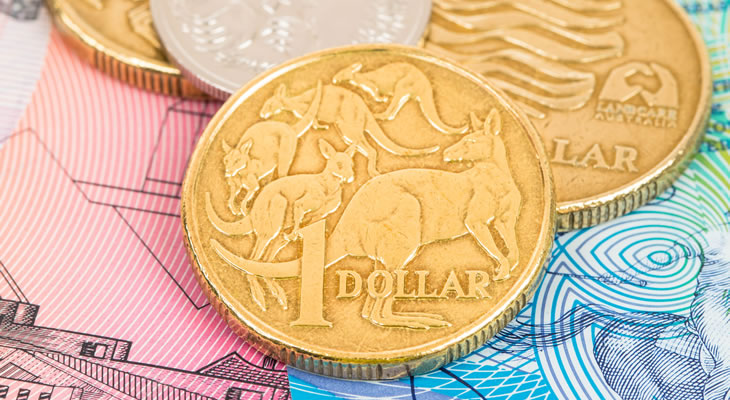The Pound Sterling to Australian Dollar (GBP/AUD) exchange rate soared to its highest level since 2009 and hit a session high of 1.968.
Rate Cut Sends AUD Exchange Rate Tumbling
Many economists were taken by surprise after the Reserve Bank of Australia announced that it had slashed its key interest rates by 25 basis points to take it to a new record low level of 2.25%.
The decision escalates the global currency war and sees the RBA become the latest major central bank to loosen monetary policy.
‘The Australian Dollar has declined noticeably against a rising US Dollar over recent months, though less so against a basket of currencies. It remains above most estimates of its fundamental value, particularly given the significant declines in key commodity prices. A lower exchange rate is likely to be needed to achieve balanced growth in the economy,’ said the RBA in a statement.
The move was aimed to help Australia face the challenges posed by tumbling iron ore, coal and natural gas prices.
An economic slowdown in China is also weighing upon Australia’s economic growth outlook.
Currency War Escalates
The action should please RBA Governor Glenn Stevens who has previously said that a weaker Australian Dollar is vital to re-balancing the economy as the mining boom fades.
The cut also suggests that RBA policy makers were not too happy at the pace of the decline and chose to speed up the process.
If the Australian Dollar continues to be stubborn and not decline at the pace hoped for by policy makers than another rate cut later in the year cannot be ruled out.
Some economists are now forecasting that the ‘Aussie’ could weaken to a low of 67 cents to the US Dollar by the end of the year.
‘Our funds are betting against the ‘Aussie’, but the size of its fall was surprising. The drop is in effect a race to the bottom. The Reserve Bank realised that if it didn’t do something, it would get trampled in the process as central banks from around the world eased their monetary policies,’ said Shane Oliver, head of investment strategy at AMP Capital.
Also weighing on the Australian Dollar was the release of a separate report, which showed that the number of building approvals issued in Australia fell by a seasonally adjusted 3.3% on a monthly basis in December. The total number of approvals came in at 17,753.

